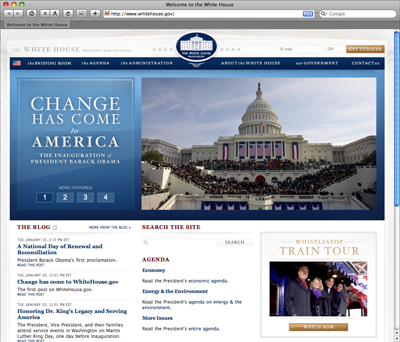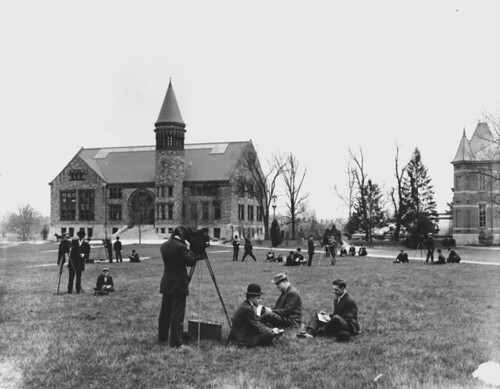An interesting proposal was made at SXSW this week to standardize the way we bloggers, and other content aggregators and curators, make reference to those from whom we get interesting tidbits that spark a thought (a ‘hat tip’) or are the source of our post (a ‘via’). The glyphs are called Curator’s Codes. They are Unicode characters meant to be a standard (if not a real one, a standard of practice) for giving where credit is due:
| Symbol | Purpose | HTML Code |
|---|---|---|
| ᔥ [Unicode 1525] |
Via | <span style=”font-family:sans-serif;text-decoration:none;”>ᔥ</span> |
| ↬ [Unicode 21ac] |
Hat Tip | <span style=”font-family:sans-serif;text-decoration:none;”>↬</span> |
The symbol itself is the link to the source. Curator’s Codes could be rendered in line, much like a brief citation, or used as freestanding blocks. Or, really, in any way that’s sensible to the author. As in, for example, the hat tip for this post: ᔥ David Carr, “A Code of Conduct for Content Aggregators”.
What’s the point? To quote the folks at ᔥ Curators Code:
While we have systems in place for literary citation, image attribution, and scientific reference, we don’t yet have a system that codifies the attribution of discovery in curation as a currency of the information economy, a system that treats discovery as the creative labor that it is.
As we madly link from thing to thing, and others, in turn, pick up our post and run with it, quoting here, paraphrasing there, it’s all too easy for something one author says to be lost in the expounded thoughts of another. Making a simple, standard, way for authors to cite others is a good thing. And to quickly indicate the kind of citation — are you quoting or paraphrasing, or giving credit to someone else who sparked a thought? Standardization may be a good answer. It could even lead to better machine parsing of interconnections between blog posts, tweets, Facebook, etc. — if adopted.
Update 13 March 2012: There’s an interesting contrarian view at The Brooks Review.


